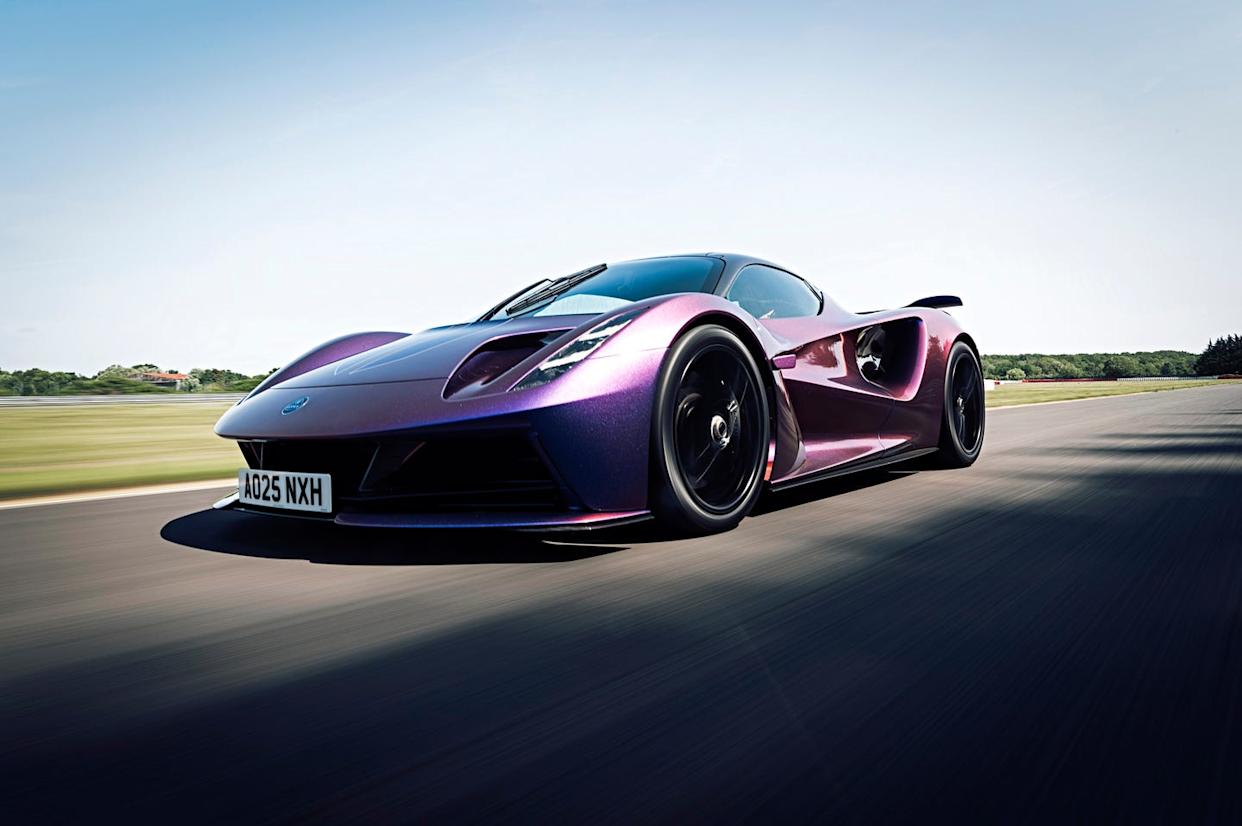
You shouldn't be reading about the Lotus Evija right now. Lotus first introduced the world to its electric hypercar back in 2019. But, as these things go, there were some internal and external snags. Internally, development issues pushed back Lotus's target date. Externally, there was a pandemic that slowed, well, everything. Car and Driver had access to a detuned prototype in 2021, when the car's on-sale date was predicted for 2022. Now, a mere four years later, it's finally time for us to slide behind the wheel of the finished product.
The Evija is already a visual spectacle, though that's enhanced by this car's color, called Violaceous, which flips from bluish purple to rust orange with an iridescent effect. Before we hit the track, our co-pilot, Gavan Kershaw, director of attributes and product integrity, gives us a briefing that is as straightforward as it is simple. He asks only that we follow his instructions regarding the braking points, so that we don't dive into a corner too fast. A fair point, considering the potential to sprint from a standstill to 60 mph in less than two seconds and on to 186 mph in around nine seconds. Top speed is limited to 217 mph.
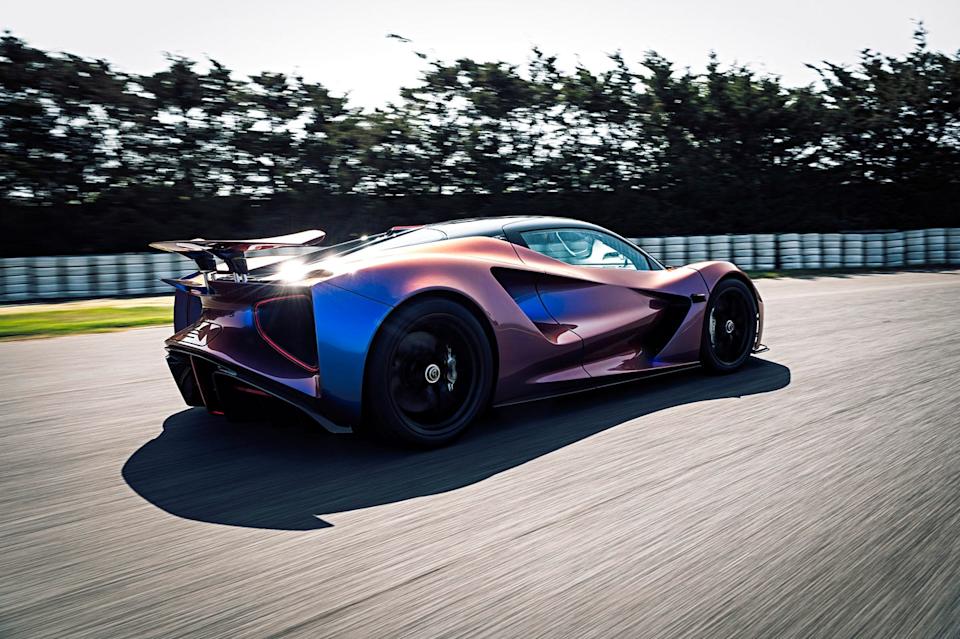
We then slip into the minimalist bucket seat, which is surprisingly comfortable. The dashboard is only a structural carbon-fiber crossbeam, and light shines into the footwell from behind it, creating a spacious feeling. Three screens connected to small external cameras serve as the mirrors, and the steering wheel looks like it was plucked from an IMSA racing prototype. The screen-based instruments excel in clarity, as do the controls on the slim center console. The doors whir closed by means of switches in the roof console, and after pressing the red start button in the center tunnel and then the D above it, we have 2012 horsepower under our right foot.
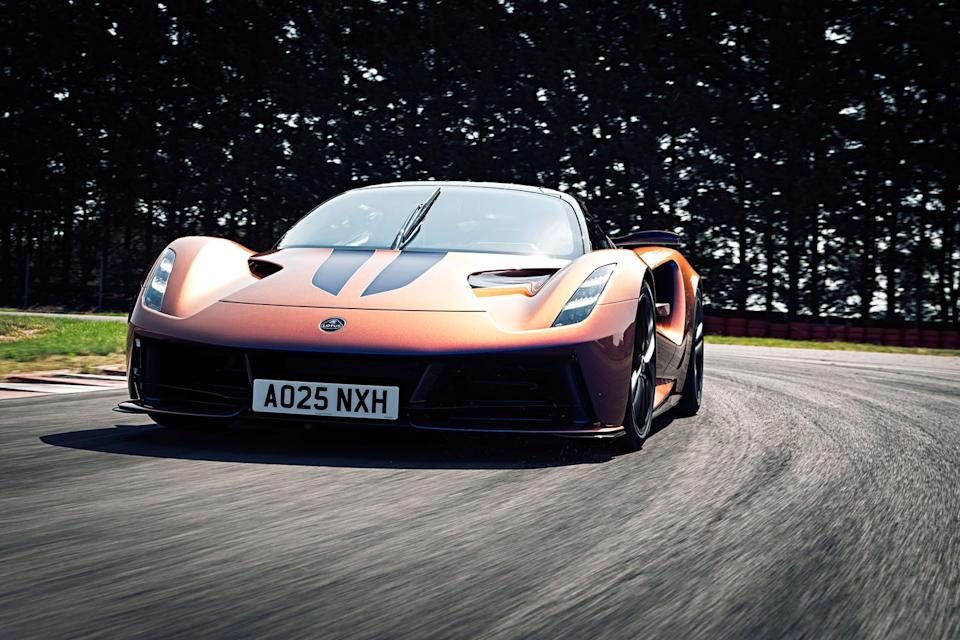
The 2.2-mile Hethel test track is sacred ground to Lotus fans because Formula 1 world champions Jim Clark, Emerson Fittipaldi, and Ayrton Senna drove here. We start at a reasonable pace, but in the sweeping right-hander leading to the main straight, the right pedal goes to the floor, and we're teleported to the other end of the straight with the speedometer rattling toward 185 mph. The push in our back is relentless and feels completely linear, no matter how long you hold down the accelerator. Under power, the computers take on the torque-vectoring roles of the differentials in a conventional all-wheel-drive setup, regulating the Evija's four electric motors that deliver a maximum of 503 horsepower to each wheel. The thrust is mind-bending, and even at 155 mph, the software still battles wheelspin.
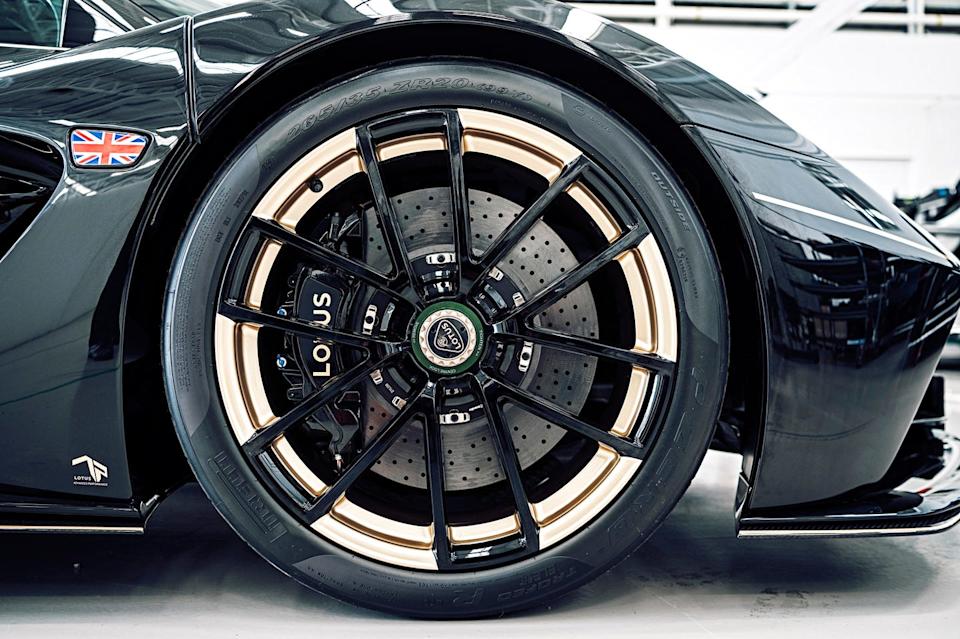
When Kershaw gestures to start braking, we stomp hard on the left pedal. The huge carbon-ceramic discs make deceleration intense, but the feeling in the pedal is surprisingly old-fashioned. It's not the synthetically hard feel that many high-performance EVs have, but a pressure you can precisely modulate to gauge if the wheels are on the verge of locking up. This is the result of Lotus prioritizing purity over range and thus choosing hydraulic brake assist over electric regen. The power steering is also hydraulic (necessitating an electric-driven pump), offering a detailed feel that tops any electric car in existence and even that of many modern internal-combustion models. Lotus claims these characteristics are part of its DNA and give the Evija a light-footed and nimble demeanor.
After a few corners at high speed, we notice not only the delightful sharpness of the steering but also the way the car rotates around its center axis, like a conventional mid-engine sports car. Lotus has achieved this in part by placing the battery pack behind the seats, where a combustion engine and a fuel tank would normally reside, instead of using a skateboard-style chassis with a singular focus on a low center of gravity. Rolling stock consists of magnesium wheels (20-inchers in front, 21s in back), wrapped with Pirelli P Zero Trofeo R Elect summer tires, which are managed by Multimatic's impressive spool-valve dampers.
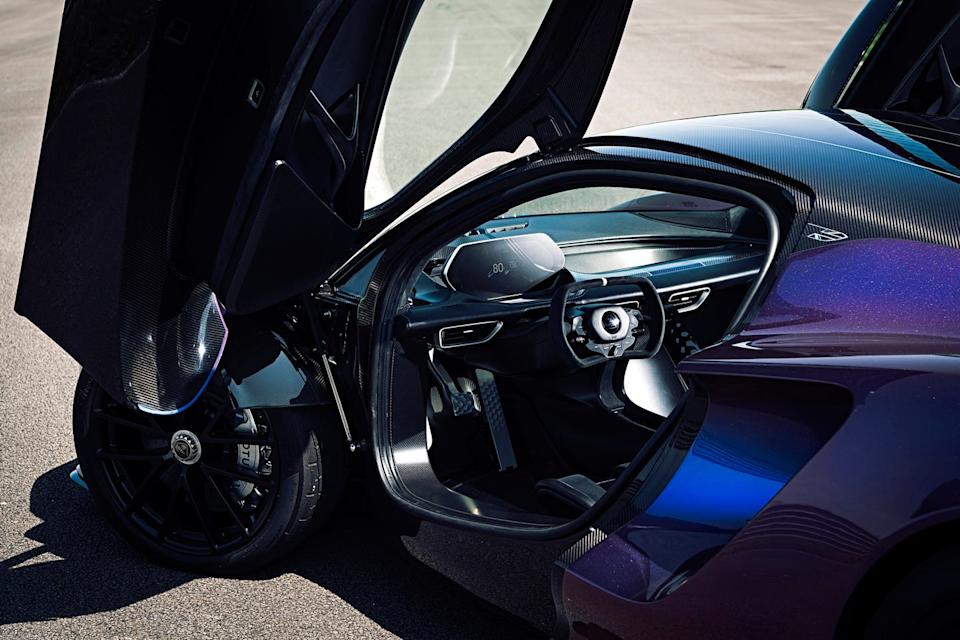
The 800-volt, 87-kWh lithium-ion battery is said to be good for 195 miles in Europe's WLTP combined cycle (166 miles in EPA terms), and can charge from 10 to 80 percent in less than 18 minutes on a 350-kW hookup. It also likely weighs close to that of a first-generation Elise. Nevertheless, Lotus claims to have kept the Evija's mass to a svelte (for a quad-motor EV) 4200 or so pounds. Thanks to that weight and its distribution, the Evija offers exceptional handling characteristics for an EV. Also helping is a carbon-fiber monocoque tub that weighs just 284 pounds.
A major relief is the fact that the Evija does not generate artificial sounds to create the illusion of engine noise. There is only the whining of the four motors amplified by the carbon structure, which is admittedly no internal-combustion symphony, but is exciting in its own way and contributes to the overall sensation of speed.
To be able to deploy the Evija's prodigious performance under all conditions, its driver can choose from five modes via a rotary switch on the steering wheel: Range, City, Tour, Sport, and Track. Each step offers more power and torque and less interference from the electronics, but even in Track, the stability control does not turn off completely. Range and City make the Evija docile, with the power noticeably toned down for the sake of range and drivability. Even in Tour, you can exit corners safely at full throttle because the software curbs the power, but it does not feel like the car is pulling on a leash. In Track, however, everything is geared toward maximum performance, and the internal computers provide maximum acceleration, balancing on the edge of wheelspin.
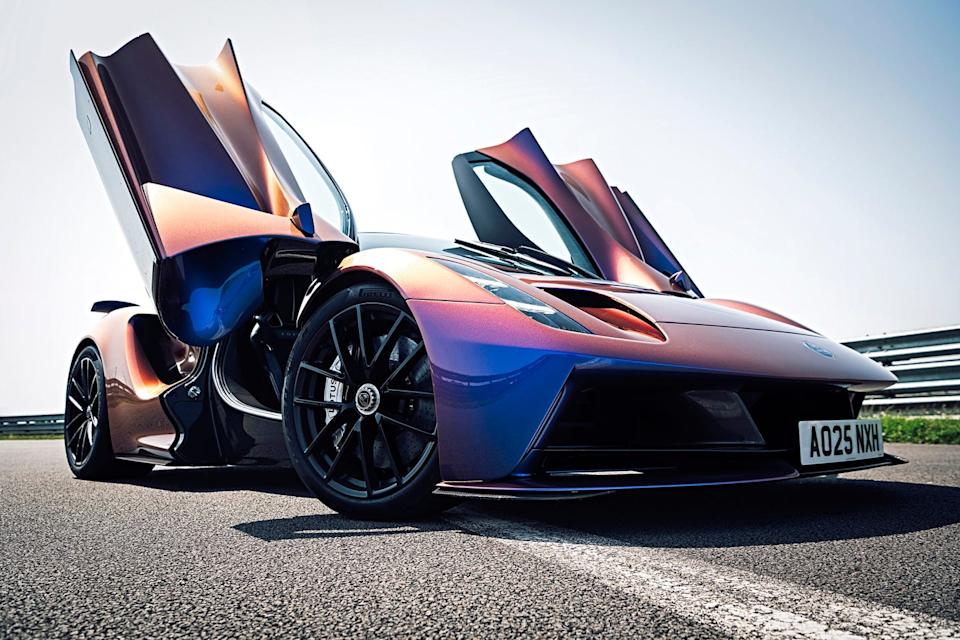
After our session, Kershaw takes the wheel and demonstrates the capabilities in the Track setting, and the Evija claws down the straights with intimidating violence. With Kershaw's experience and knowledge of this track, we reach 200 mph on the straight. "With all the Formula 1 cars we drove here over the years, we never reached that speed, so it shows you how fast the Evija is," Kershaw says. However, it's not the acceleration—which becomes uncomfortable after a while—or the seemingly endless grip and braking forces that impress us most, but the usability and thus the underlying software managing the action. We all know now that electric cars are extremely fast, but even at the incredible levels of the Evija, you eventually get used to it. It is the way in which this car can adapt itself to any situation that makes it truly impressive.
The name Evija is derived from variations of the name Eve and means "the first that exists" or "the living one," but internally, the Evija is known by its project code Type 130. This corresponds to a production run of no more than 130 units.
We wondered whether the Evija would be even more impressive at half the weight and with half the power, possibly generated by a high-revving V-8 or V-12. Probably, but with many politicians ruthlessly pushing electrification, Lotus managed to build the purest, most dynamic, and fastest EV, at least at this moment. There is a price to pay, though, because at more than $2 million before taxes, it is also the most expensive Lotus ever. A pied-à-terre in Europe is not included in the price, but will be necessary if you want to experience the Evija on the road, because the car is not homologated for U.S. streets. At a minimum, U.S. buyers would want to budget for a private racetrack membership, because Lotus's electric hypercar deserves more than mere show and display.
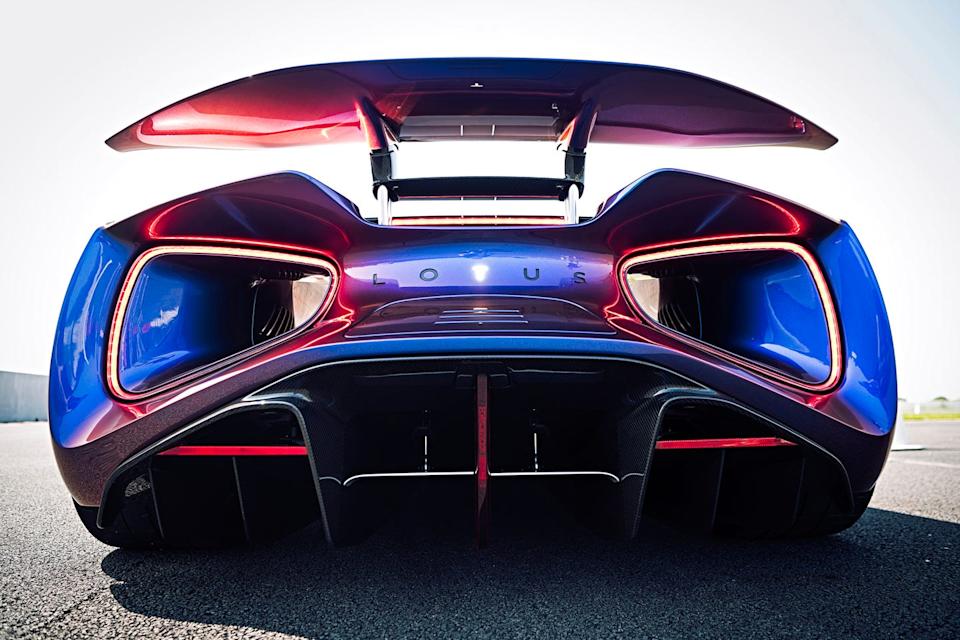
You Might Also Like


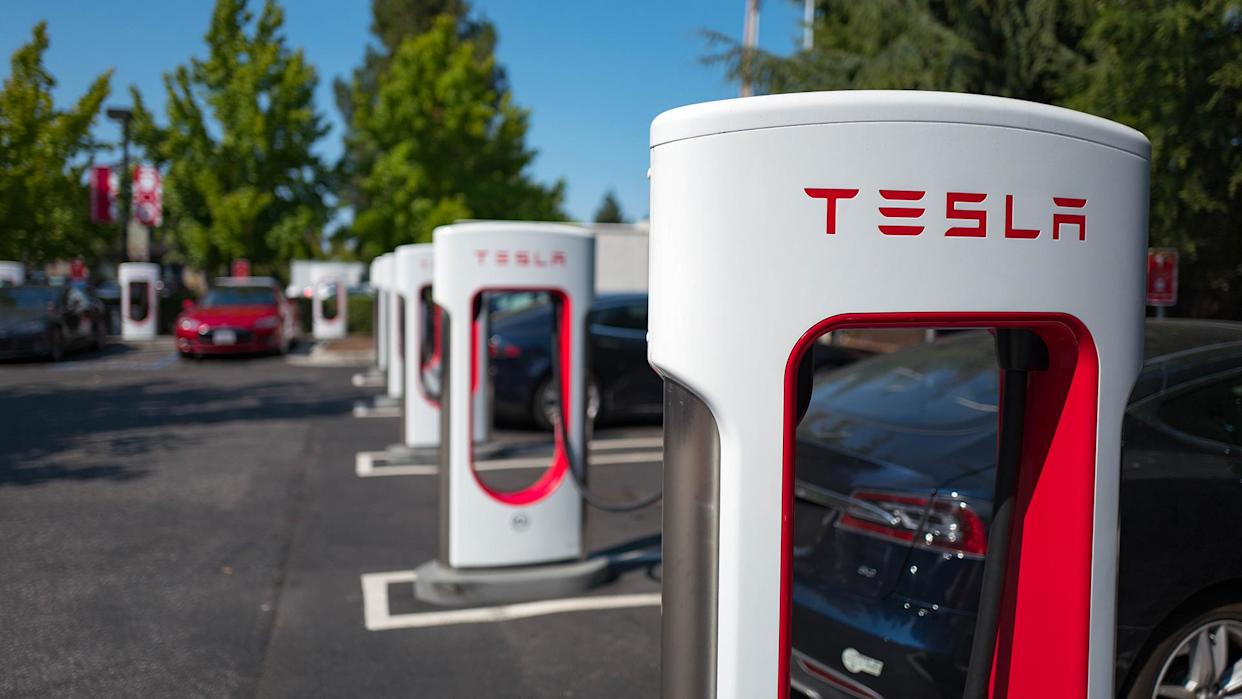
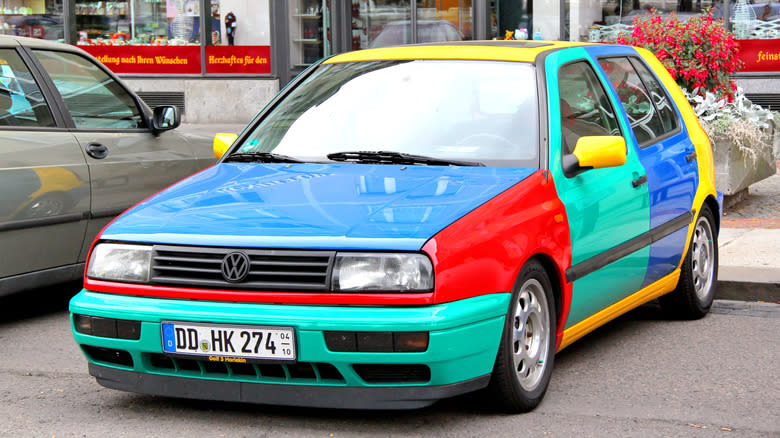
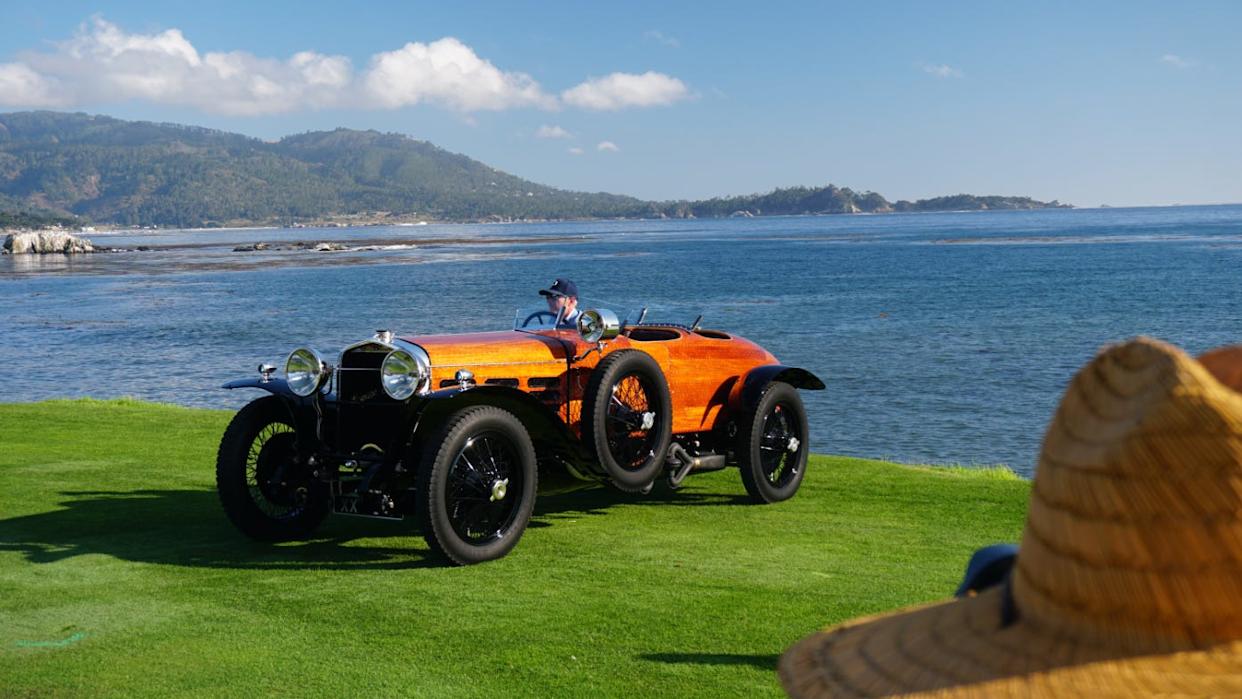
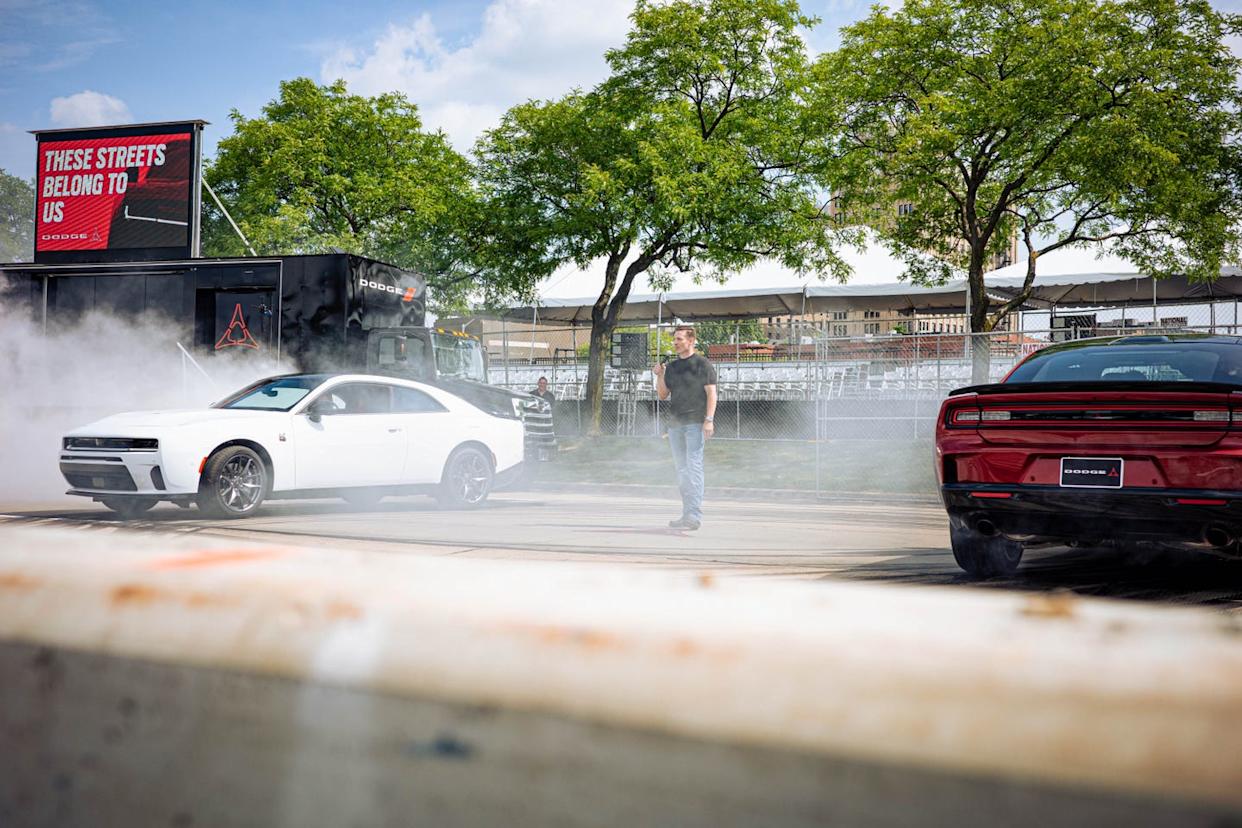


Comments